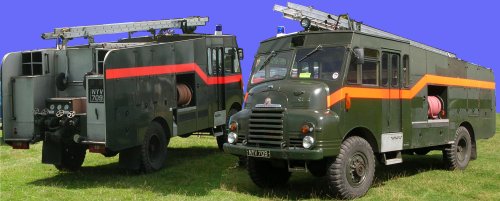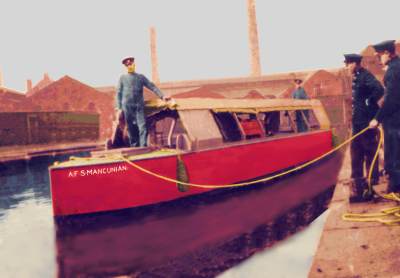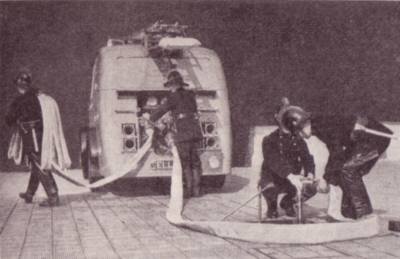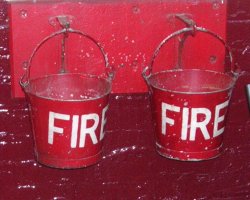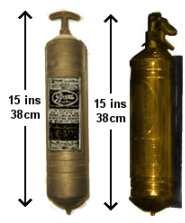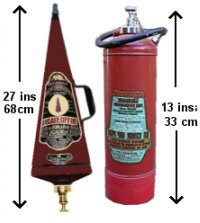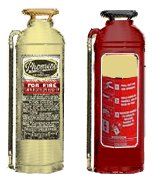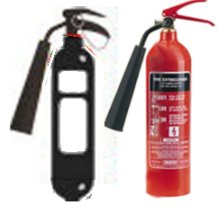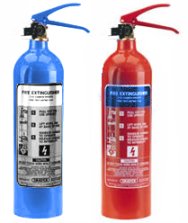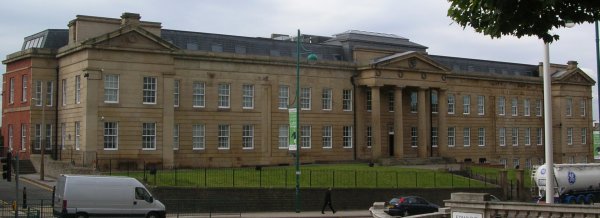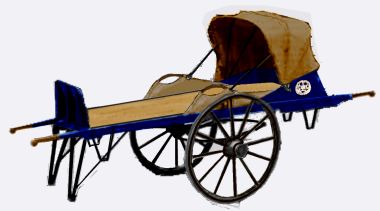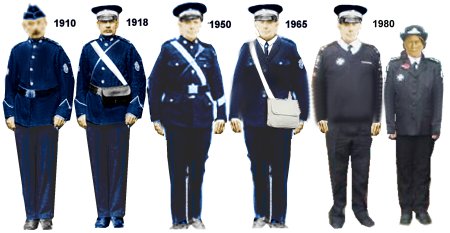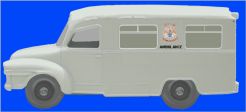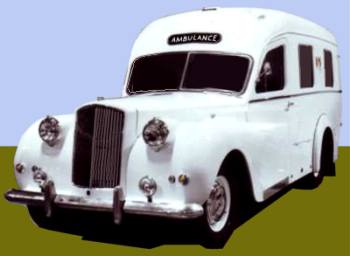International Good Guys ~ Making the world a better place since 1971 ~ Site maintained by
All material Copyright © Mike Smith 2003 unless otherwise credited
| Return to Appendix One Index |
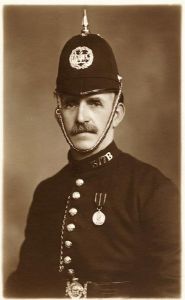
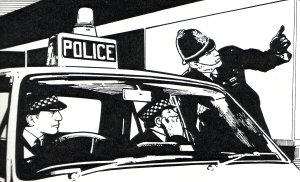
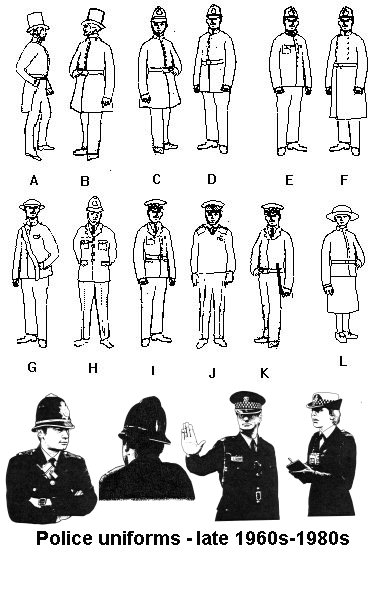
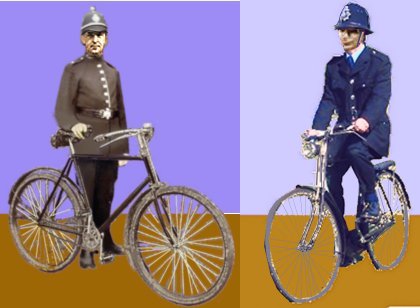
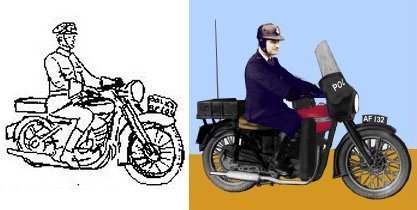
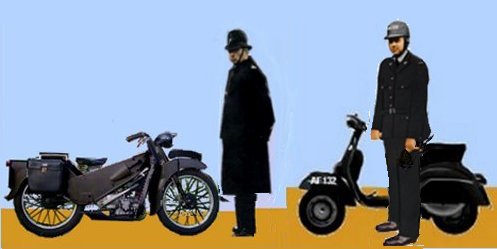
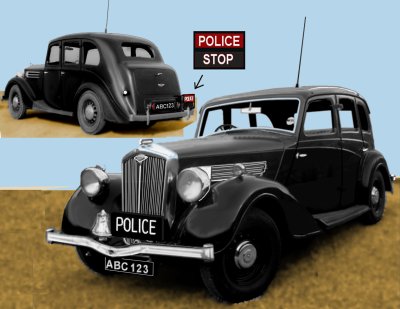

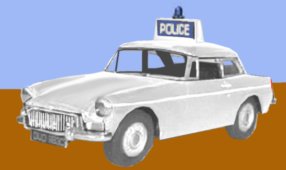
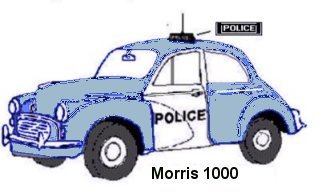
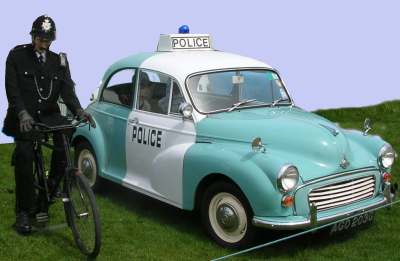
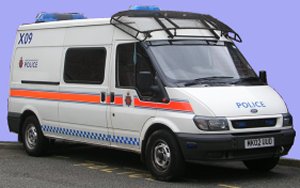
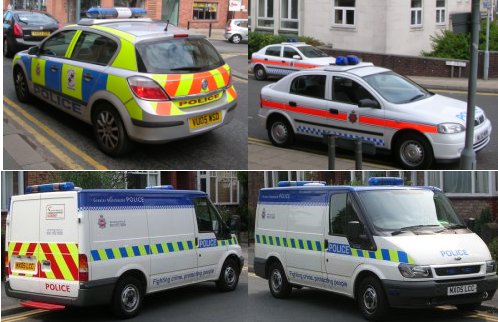
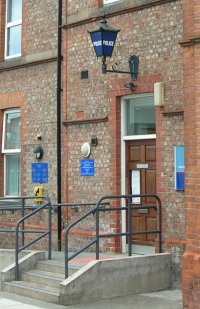
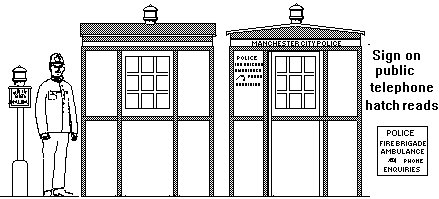
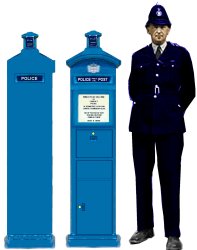
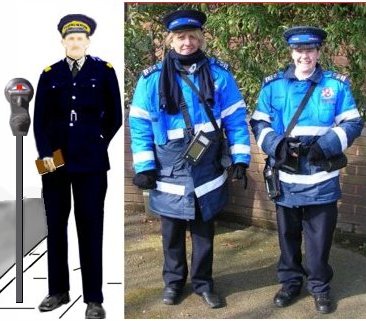
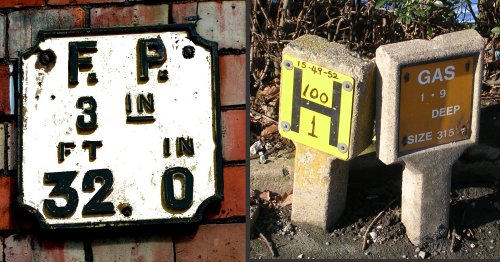
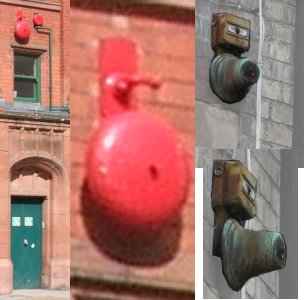
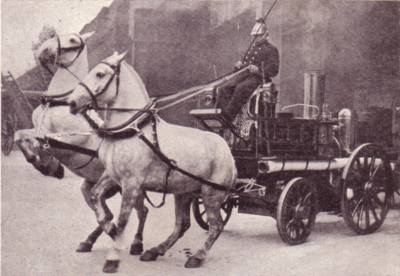
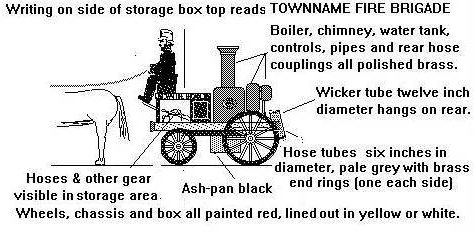
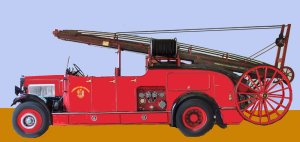

in the mid 1960s Coventry adopted a lime green colour (known as Coventry fire engine green) as this was more visible under the sodium street lights then being introduced. I seem to recall that some vehicles in Havant were painted this yellow/green colour and possibly some in Portsmouth as well. However, this is just from memory which, as we all know, can be unreliable.As I understand it this colour did not catch on (I am not aware of other brigades using it) but Kim, another regular on the newsgroup advised that
The emergency tender - they're the ones which are called out first - are still yellow in Coventry but the Home Office let it be known that their 'preferred' colour for fire engines is red. Incidentally, Coventry fire engines are also fitted with New York-style 'shriek boxes' to clear traffic which provoke howls of derision from local youths whenever they're switched on.

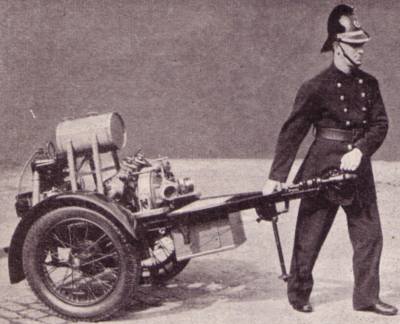

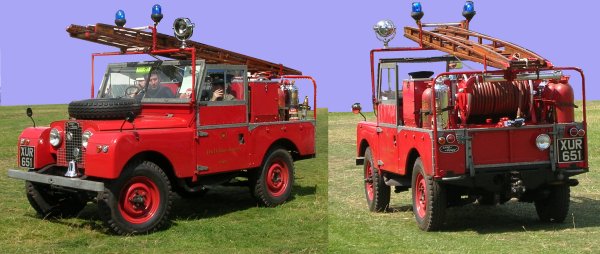
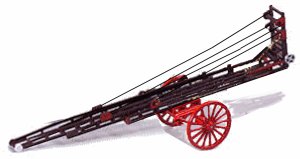
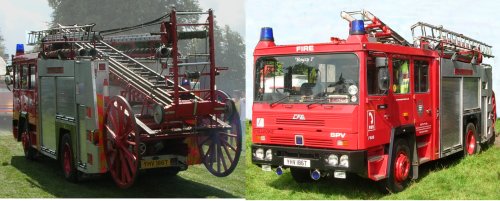

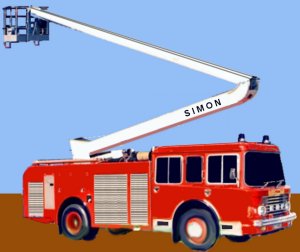
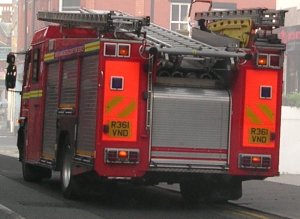
Of the six fire engines stationed in the centre of Coventry, one was always a Green Goddess belonging to the Civil Defence Corps. It was last used in earnest for damping-down the ruins of a factory which caught fire in the 1960's.The development of the hydrogen bomb rendered wartime fire fighting a largely futile option, however although the Civil Defense organisation was wound up to save money in 1968 the fire engines, known as Green Goddesses, were mothballed. Some were passed to the armed forces, where they were used as fire engines, giving the military personnel a chance to familiarise themselves with the equipment. Given their intended role these engines do not carry a wheeled escape ladder, although they do have aluminium extending ladders carried on the roof. They are all-over bronze green but have an orange stripe painted along each side as shown below and carry six character military number plates (two letters, two number, two letters). The hose is brown and carried on a reel set into a recess on the side of the vehicle. The example shown below was on display at the steam rally at Astle Park in 2007, I believe the blue flashing light was added for the 1970s employment discussed below.
Also of interest to anyone modelling townscapes in the post-war period is that it was common practice to deliberately flood the cellars of destroyed buildings and use them a refill points for engines returning from a fire. This continued well into the late 1960's.
